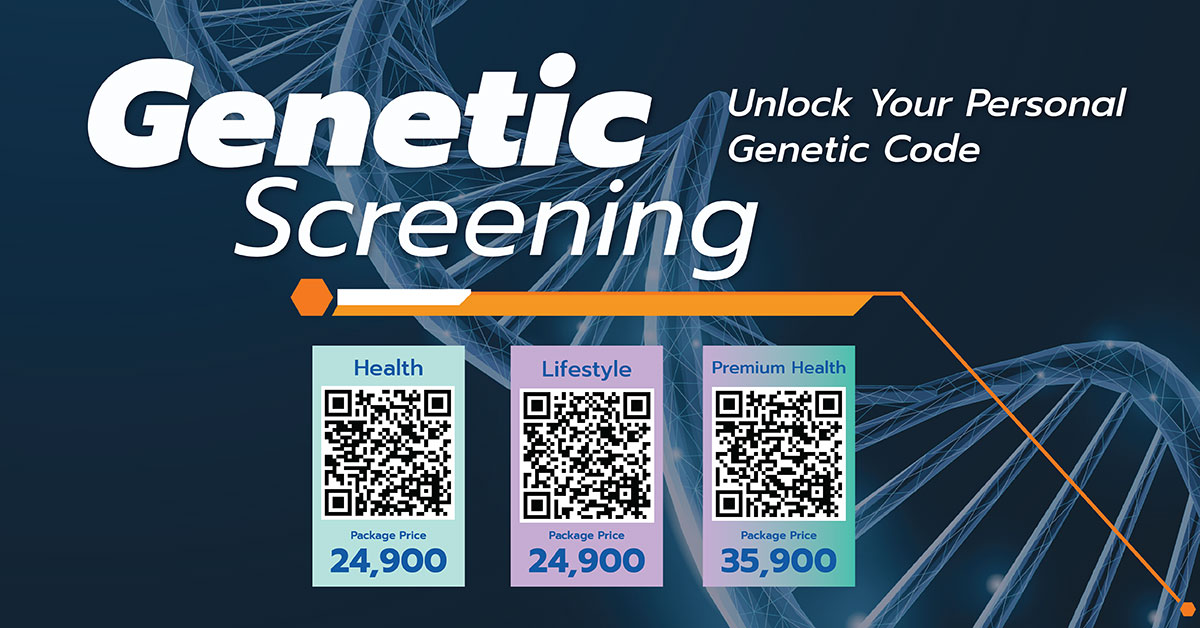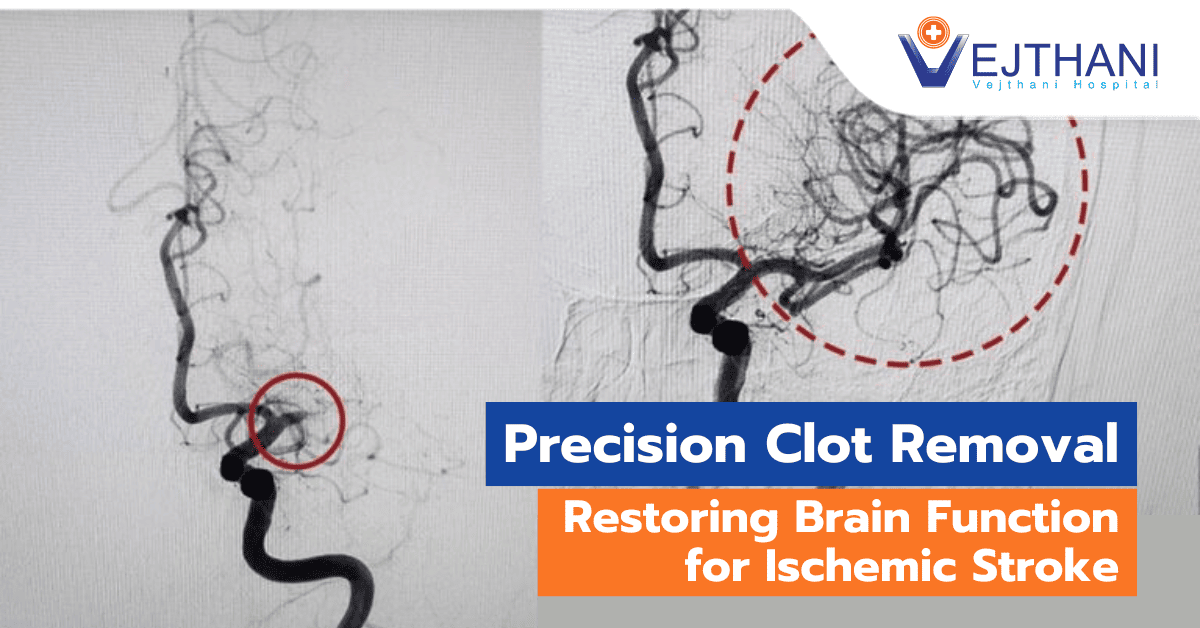
Polymorphous light eruption (PMLE)
Diagnosis
Polymorphous light eruption can likely be diagnosed by a healthcare provider based on a physical examination and your responses to questions. Laboratory testing may be recommended by your healthcare provider to confirm a diagnosis or rule out other diseases. Tests might consist of:
- Blood tests: A blood test may be recommended by your healthcare provider to rule out additional medical conditions, such as lupus erythematosus, an autoimmune disease that can also result in a rash after sun exposure.
- Skin biopsy: A biopsy is when your healthcare provider takes a sample of skin from your rash so that it may be tested in a lab.
- Phototesting: A dermatologist, who specializes in skin diseases, may measure the quantity of UVA and UVB radiation that reaches certain parts of your skin in an attempt to replicate the issue. You are said to be photosensitive—sensitive to sunlight—and you could develop polymorphous light eruption or another condition caused by light if your skin reacts to ultraviolet (UV) radiation.
- Other light-induced conditions: It may be necessary for your healthcare provider to rule out other conditions that cause skin responses when exposed to light. Among these requirements are:
- Chemical photosensitivity: Many substances can cause photosensitivity, including medications, medicinal lotions, perfumes, and plant-based items. When this happens, the skin becomes reactive to sunlight after consuming or coming into touch with a certain substance.
- Solar urticaria: A sun-induced allergic reaction known as solar urticaria results in hives, which are elevated, swollen, itchy welts that emerge and then go away on the skin. After being exposed to the sun, the welts may develop a few minutes later and last for several hours. A persistent disorder that can linger for years is solar urticaria.
- Lupus rash: Many body systems are affected by the inflammatory illness known as lupus. On skin exposed to sunlight, such as the face, neck, or upper chest, one sign is the development of a bumpy rash.
Treatment
Prevention and care:
- Avoid sun exposure: Stay out of the sun between 11 a.m. and 3 p.m., when UV rays are strongest. During peak sun intensity hours, schedule indoor activities.
- Sunscreen: Use broad-spectrum sunscreen with an SPF of at least 30. Apply 15 minutes before going outdoors, and reapply every two hours, or more frequently if sweating or swimming.
- Protective clothing: Wear tightly woven clothes covering arms and legs. Opt for a broad-brimmed hat over a cap for better coverage. Clothing with an ultraviolet protection factor (UPF) of 40 to 50 is recommended. Follow care labels on UV-blocking clothes.
- Minimize UV exposure: If planning a sunny vacation, consider a prophylactic oral corticosteroid like prednisone as prescribed by a healthcare provider.
Treatment options:
- Phototherapy: Gradual exposure to UV light may help “harden” the skin, a technique done under medical supervision.
- Medications: For severe cases, options include antihistamines, hydroxychloroquine, immunosuppressants, topical corticosteroids, or tacrolimus.
Symptom relief:
- Anti-Itch creams: Use creams containing at least 1% hydrocortisone.
- Antihistamines: Helpful if itching is severe.
- Cold compresses: Apply cool, damp towels or take cool baths.
- Blisters: Leave blisters intact to avoid infection; cover lightly with gauze if necessary.
- Pain relief: Nonprescription medications can reduce pain and inflammation.























